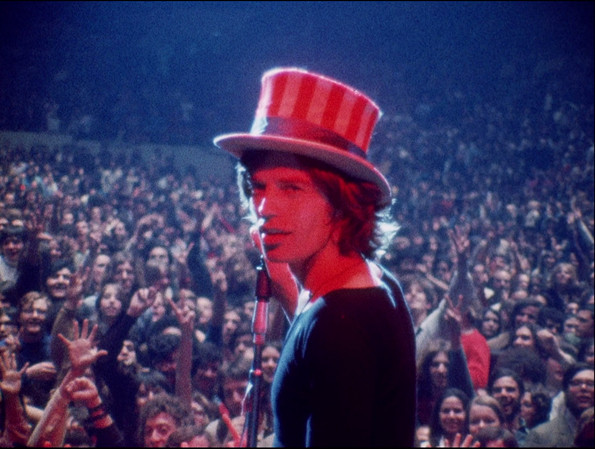
“The true beauty of music is that it connects people. It carries a message, and we, the musicians, are the messengers.”
–Roy Ayers (jazz vibraphone player)
The follow list contains an eclectic mix of music documentaries that capture each of the performers and bands in all their pure, raw energies and celebrate unsung legacies. They expose many to underlying elements in various societies and causes that would otherwise be unheard of and uncharted.
Some of these features may not be for all tastes, but they might inspire those of limited interests to expand their horizons and embrace different sounds from foreign lands. Music is a connector, regardless of language, cultural or political boundaries. It has the power to invoke emotions, build up knowledge, tear down walls and change foundations both globally and consciously.
1. Gimme Shelter (1970)
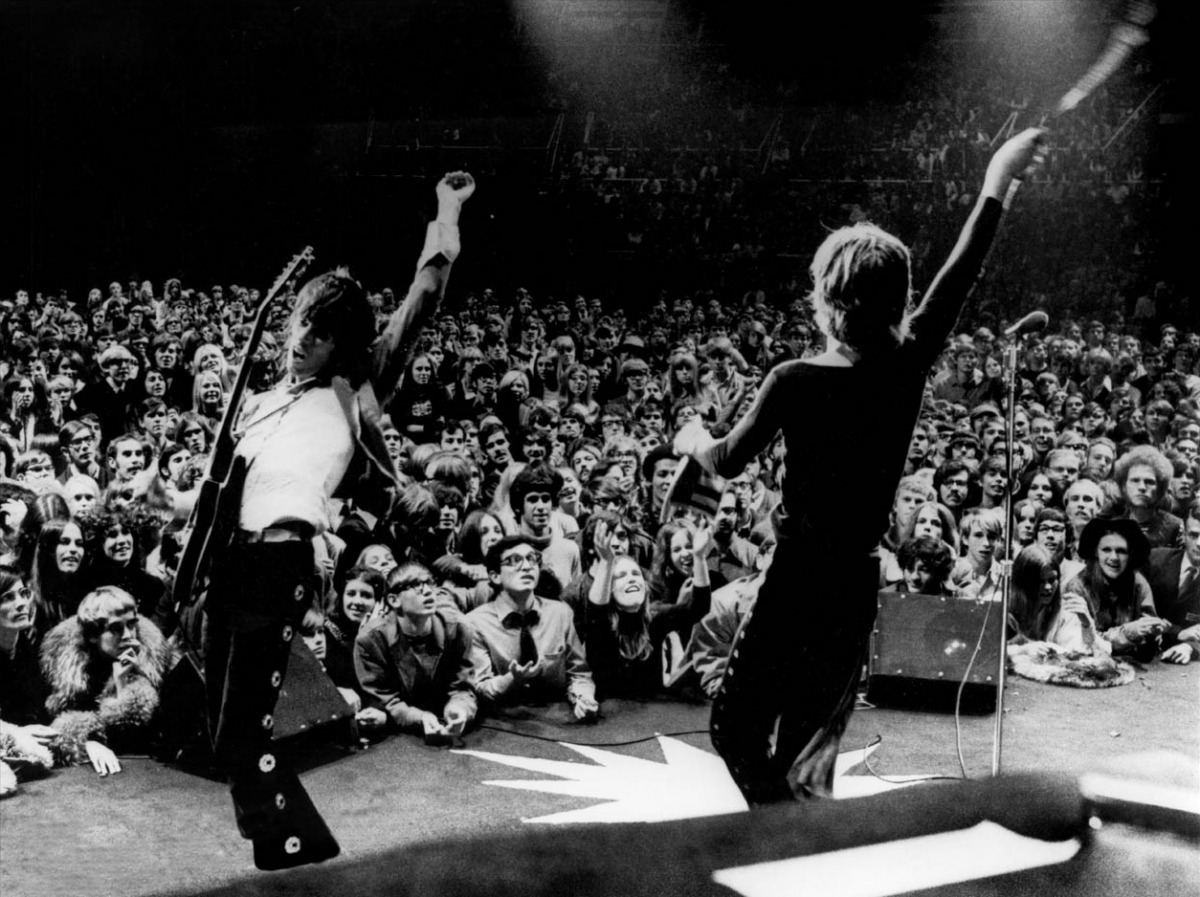
Intended to be the West Coast version of Woodstock turned into a chaotic tragedy and signified the end of the Flower Power Movement in December of 1969. The festivals promoters arranged to give a free concert at Golden Gate Park, but abruptly had to change the location to the Altamont Speedway.
The film features performances by the Rolling Stones, Jefferson Airplane, Flying Burrito Brothers (all in California), with Ike and Tina Turner (in New York). The security was provided by the local branch of the biker organization, Hell’s Angels, initially recommend by the Grateful Dead, who opted out of performing once things became violent mid-way through the event.
During the night time hours, when the Rolling Stones were performing, a fight erupted and was caught on camera. Rather stopping and risk a riot involving approximately 300,000 attendees, the show carried on until the end.
Directed by Albert and David Maysles with Charlotte Zwerin, “Gimme Shelter” chronicles the Rolling Stones on the last leg of their 1969 tour, featuring a show in Madison Square Garden and the band sitting with editors going over the footage and mixing tracks for their album “Sticky Fingers”. Much of the film depicts the troubles regarding the location of the event, in addition to the behind the scenes footage of the bands with many interactions from the crowd.
Released on the one-year anniversary event (December 6) in 1970 and was screened at Cannes in 1971. A short documentary entitled “Lot 63, Grave C” by Sam Green, is about the cemetery plot of Meredith Hunter, the young man who was stabbed and killed by a member of the Hell’s Angels is worth seeking out.
2. Wattstax (1973)
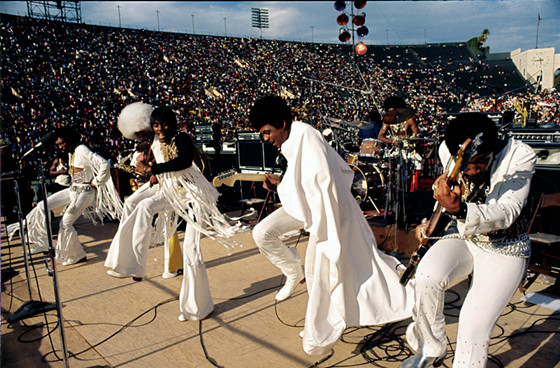
After the 1965 riots in Watts, to commemorate the community a benefits concert was organized by Stax Records, a music label based out of Memphis, Tennessee. The festival was held at the Los Angeles Coliseum on August 20, 1972, featuring genres of soul, funk, blues, jazz and gospel.
Performances by some Stax’s most prominent musicians such as Isaac Hayes, the Dramatics, Staple Singers, Albert King, Carla Thomas, the Bar-Kays, Rufus Thomas, the Soul Children and many more. With cutaway interviews and speeches with Richard Pryor, Ted Lange (in his film debut), Ossie Davis, the Reverend Jesse Jackson, Fred Williamson, Melvin Van Peebles among other members of the Watts neighborhood. Tickets were priced at $1.00 and an estimated 112, 000 (mostly African-American) were in attendance.
Directed by Mel Stuart (“Willy Wonka and the Chocolate Factory”), “Wattstax” was released in 1973 and was nominated for a Golden Globe Award for Best Documentary. Stax Records insisted that the production crew as well as the police officers who did security should only consist of African-Americans.
Proceeds of the benefit went to the Martin Luther King Hospital along with a few other charities. In 2004, a restored version of the film played at the Sundance Film Festival in addition to a theatrical reissue. An updated version of the soundtrack was released in 2007, which contained music and speeches that weren’t available on the original two-album set.
3. Leonard Cohen: Bird on a Wire (1974/2010)
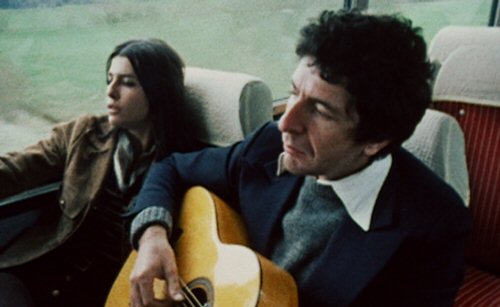
In 1972, Canadian poet/folk singer, Leonard Cohen along with his band, nicknamed The Army, embarked on a twenty city European tour, which included Ireland, Scotland, England, Sweden, Denmark, Germany, Austria, Switzerland, the Netherlands, Belgium, France and Israel.
While on the road, between reflections of his definition of music style, spirituality and mingling with fans, the group encounter many frustrations with sound equipment, irate concert attendees, security and promoters. On the final day of the tour in Jerusalem, Cohen drops LSD and has a meltdown on stage. Eventually he pulls it together and delivers a strong performance for the remainder of the set.
Shot by British director Tony Palmer captures a raw and uncensored look at Leonard Cohen with his back band which included Jennifer Warnes, Donna Washburn, Ron Cornelius, Bob Johnston, Peter Marshal and David O’Connor.
Released briefly in 1974 then shelved until 2010, when Palmer and Cohen re-edited the film with archival footage that hadn’t been seen in the original cut. In addition to the film’s namesake, some of the songs are: “So Long, Marianne”, “Passing Through”, “Famous Blue Raincoat”, “Chelsea Hotel #2” and more which would be featured on two live albums.
4. Heartworn Highways (1976)
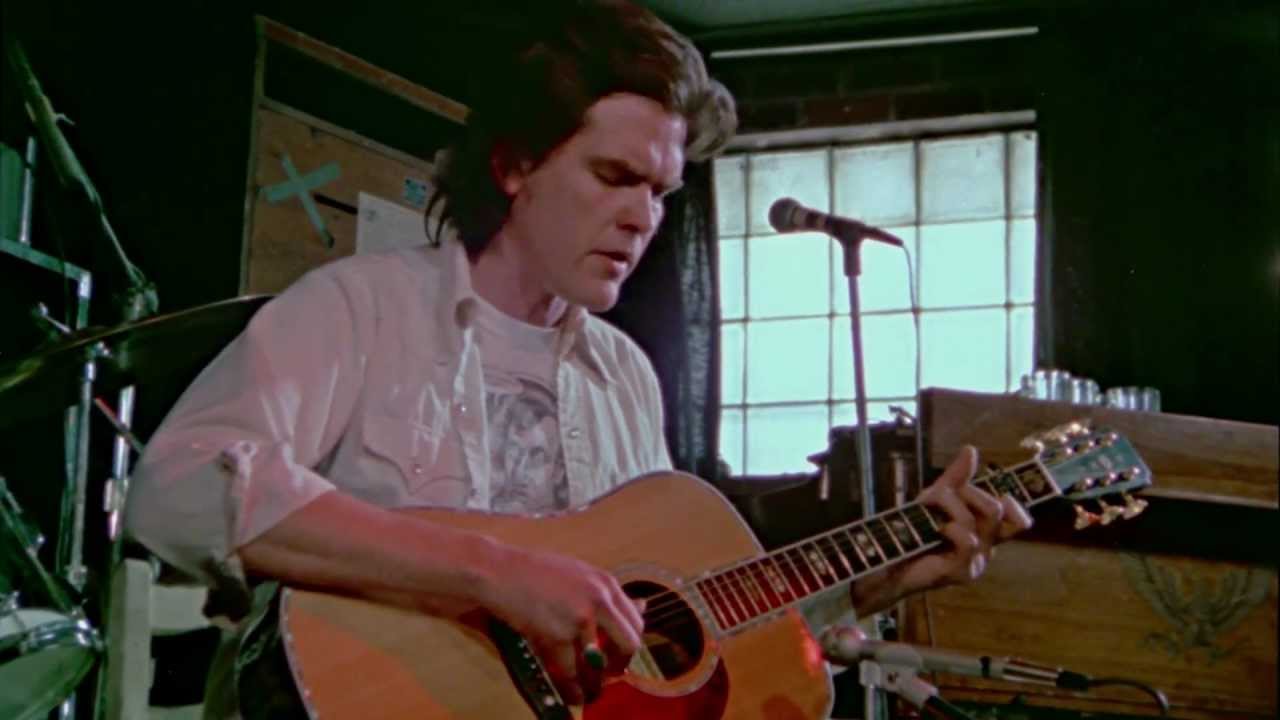
During the late 1970s, when country music was becoming glossy and commercialized, there were those were who remained true to the roots. The Country Outlaw Movement consisted many Southern based musicians who tour, record, drink whiskey, smoke and struggle to find their place in an industry that denies them regular radio play.
Among the lot them are newcomers Steve Earle and Rodney Crowell who studied under their mentor Guy Clark. Bouncing from the homes and concerts in Texas and Tennessee are also Townes Van Zandt at his trailer park in Austin, David Allan Coe performing a state prison and the Charlie Daniels Band filling a high school gymnasium.
Written and Directed by James Szalapski, “Heartworn Highways” was filmed in 1975-76, but not released theatrically until 1981. Capturing each of the country musicians in their raw purest moments either on the road, in the studio or hanging out with friends, family and collaborators.
Additional music segments including Larry Jon Wilson, Steve Young, Peggy Brooks, John Hiatt and more. In 2015, “Heartworn Highways Revisited” featured many of the same performers from the original film, along with the new names on the horizon.
5. Decline of Western Civilization (1981)
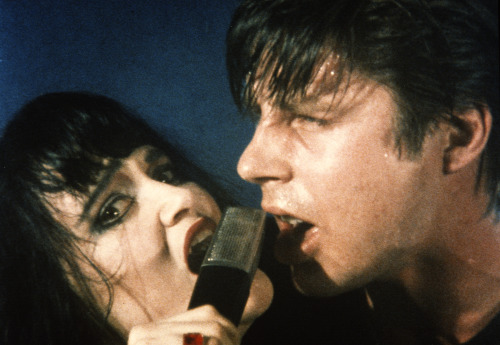
In Los Angeles, the late 1970s and early 1980s punk scene was aggressive and controversial. Many bands suffered much abuse from the police as well as the fans that turned up at their shows. Since several venues refused to book those groups, the scene thrived in the underground through independently organized events, DIY record labels and a variety of zines.
Among the bands performing are Black Flag, the Germs, Catholic Discipline, X, Circle Jerks, Alice Bag Band and Fear. Also featured are interview are club owners, bouncers, band managers, Slash Records/Magazine representatives, along with many of the supporters of the LA punk scene.
Directed by Penelope Spheeris, with the funding she got from investors who were under the belief they were funding two porno films, “Decline of Western Civilization” captures the rawness of LA’s punk movement through many sources. A short time before the film was released, Darby Crash (of the Germs) died of a heroin overdose, so a performance image of his appears on the soundtrack.
Spheeris would direct a number of B-movies in the 1980s, only to find mainstream status in the following decade. Eventually she would do two “Decline…” sequels; “Part 2” chronicles the LA metal scene circa 1986-88 and “Part 3” focuses on the homeless gutter punks in the late 1990s.
6. Dance Craze (1981)
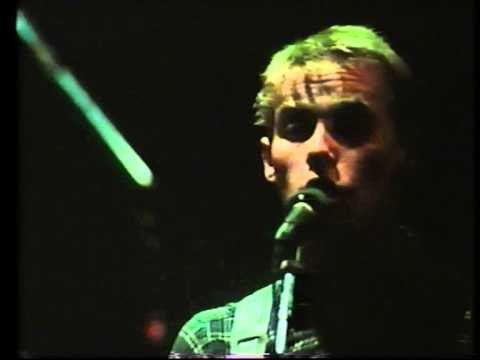
Ska’s origin goes back to Jamaica from the late 1950s, for its infusion of American jazz, R&B, Caribbean and calypso music styles. With the punk rock explosion in the late 1970s of England, various Ska bands were formed, containing aggressive chords, up tempo beats and politically charged lyrics. 2 Tone Records was founded by Jerry Dammers of the Specials, with the intention to promote racial unity, friendship and other worthy causes.
A concert involving many of the bands such the (English) Beat, Madness, the Selecter, Bad Manners and more were featured to launch the label and 2 Tone Movement.
Directed by Joe Massot (“Wonderwall”), originally intended to do a film solely on the band Madness, but then shifted the focus entirely to all the groups on 2 Tone Records.
A companion soundtrack featured fifteen of the twenty-seven songs that were performed in the concert film. Brief archival footage of the 1950s and 1960s British teenage revolution serves as an introduction and intermission, however the film is strictly about the music and messages that they are delivering.